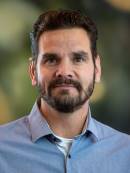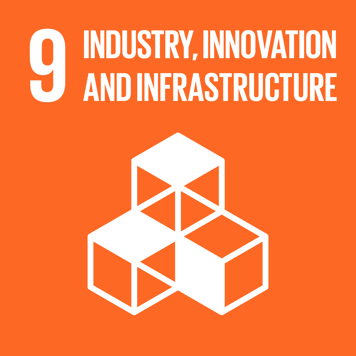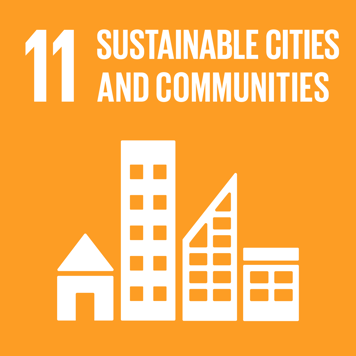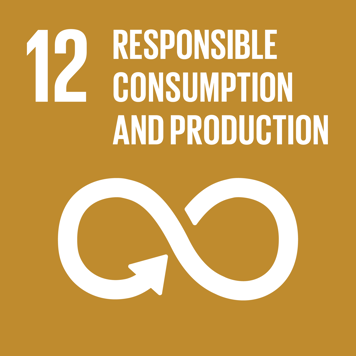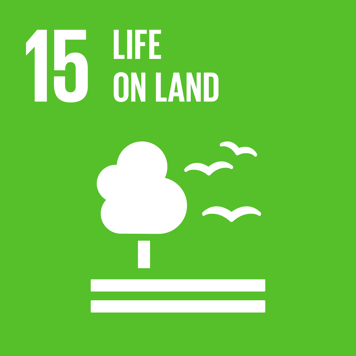"Pathfinder" – A Tool for Efficient Regeneration Planning for Sustainable Forestry
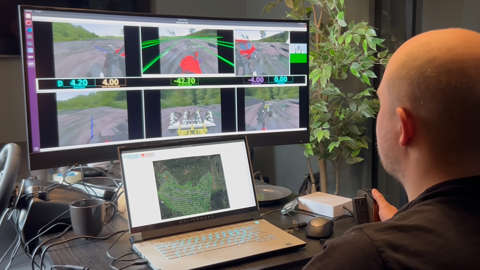
From these societal challenges, the collaborative project Autoplant emerged, with the goal of developing a system for autonomous soil preparation and planting with high precision, low environmental impact, and good working conditions. One part of this solution is a tool, Pathfinder, which can plan the regeneration and the routes the machine should follow.
This knowledge article is a summary; read the scientific article here: Pathfinder: a tool for operational planning of forest regeneration on clearcuts | Journal of Forestry Research
Pathfinder – digital planning that takes field reality into account
Pathfinder builds on a previous Skogforsk tool for planting planning called Plantbeställning, read more in the article (in swedish) "Ökad skogsproduktion och förbättrad miljöhänsyn – går det?"). It plans the regeneration and generates net area where consideration areas are removed and suggests tree species and planting density based on the calculated site index from the harvested tree. It also provides an estimate of the total number of seedlings that should be ordered for planting. The new component uses this data to create routes that efficiently cover the entire net area.
Input data required includes:
- harvester production files (hpr)
- soil moisture map and soil type data
- areas to be avoided, such as for natural or cultural values
- digital elevation model (DEM)
- machine data, such as working width, critical slope, and time required for different turns.
The result is either a number of capacity-based routes (e.g., 1,500 seedlings per route) or a continuous driving path through the area. The tool works for both autonomous planting machines and traditional soil preparation machines, such as scarifiers and mounders.
Evaluation on eleven regeneration sites in Sweden
Pathfinder was tested in eleven different regeneration areas around the country. Pathfinder’s route suggestions were compared with routes based on proposals from two experienced soil preparation operators who indicated route directions in different parts of the tract, as well as the actual soil preparation.
The results showed that:
- total driving distance did not differ significantly between the alternatives
- Pathfinder suggested less driving on side slopes in steep (≥ 27%, equivalent to 15°) and moderately steep (15–27%) terrain
- the chosen threshold for what is considered “steep” affects the result: the lower the threshold, the more turns and longer driving distance.
The results also showed that Pathfinder can be a helpful tool in traditional regeneration planning by:
- providing a more accurate net regeneration area
- suggesting tree species and planting density based on the previous stand’s growth
- excluding the wettest areas, which reduces the risk of severe soil damage.
In summary, Pathfinder is a versatile tool for the forestry of the future – both for future autonomous or remotely operated machines and for more efficient planning in today’s regeneration work.
We will review and publish your comment as soon as possible.




